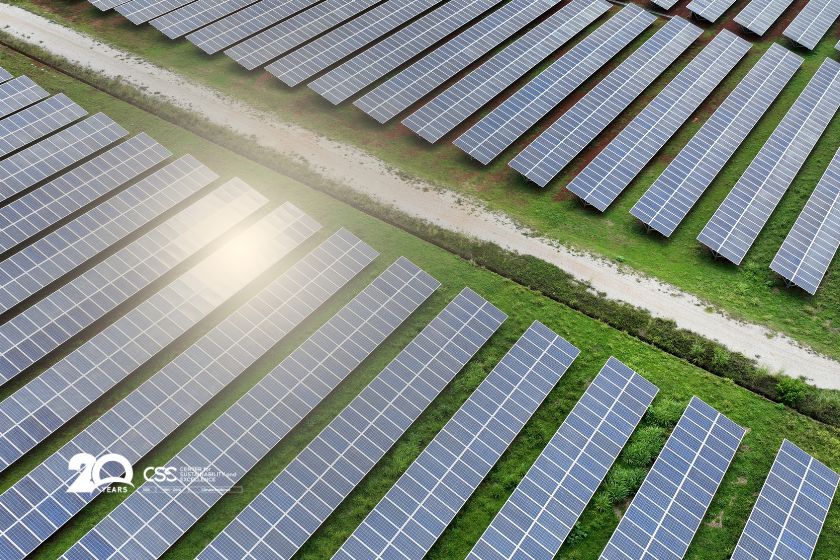In her 2025 State of the Union address, European Commission President Ursula von der Leyen placed energy security at the center of Europe’s future. Reliable, affordable, and resilient energy is no longer only about powering homes. It now shapes Europe’s prosperity, defense capabilities, and global influence.
The speech raised a pressing question: will Europe act with unity on energy and climate, or will political divisions block progress once again?
Benefits of Europe’s “Independence Moment”
Von der Leyen described this as Europe’s independence moment. She called for:
- Ending reliance on Russian fossil fuels through diversification.
- Closer ties with the U.S. in LNG, clean supply chains, and energy diplomacy.
- Cutting emissions by 30% by 2030, with nuclear included in the mix.
- Boosting innovation in batteries, clean tech, and nuclear energy.
This pragmatic inclusion of nuclear power shows that independence requires a balanced and diverse approach.
Practical Steps for Achieving Energy Sovereignty
Europe has often spoken boldly but delivered unevenly. The collapse of Northvolt’s battery project and the Iberian blackout revealed gaps in resilience and competitiveness. To succeed, the EU must adopt clear, actionable steps.
Common Mistakes Holding Europe Back
- Overdependence on Chinese technology for batteries, solar panels, and wind turbines.
- Fragmented policies between member states.
- Insufficient investment compared to China and the U.S.
Best Practices Going Forward
- Scale up domestic clean tech manufacturing.
- Invest in cross-border grids and interconnectors.
- Expand renewables and nuclear as reliable baseload sources.
- Promote a Made in Europe strategy that supports innovation without closing markets.
Real-World Applications: Europe’s Strategic Energy Projects
Von der Leyen highlighted several initiatives already underway.
- The €1.8 billion battery booster package is an important step, though smaller than global competitors’ spending.
- The Energy Highways plan aims to improve grid connections and reliability.
- Black Sea projects could make the region a new hub for offshore wind, LNG corridors, and nuclear capacity.
These examples show that Europe’s energy future depends on both investment and political will.
What is the EU’s 2025 energy target?
The EU plans to phase out Russian fossil fuels by 2028 and cut emissions by 30% by 2030.
Why is nuclear energy part of the strategy now?
Nuclear is seen as a dependable baseload source that strengthens energy security and competitiveness.
What role does the U.S. play in EU energy?
The U.S. is a key partner in LNG supply, clean tech manufacturing, and defense-related energy cooperation.
Build Your ESG Expertise
Von der Leyen’s speech makes one thing clear: Europe’s sustainable transition depends on skilled professionals who can turn political promises into results.
That’s why the European Sustainability ESG Training Program was created. It equips leaders to:
- Navigate EU climate and energy policies.
- Deliver credible ESG strategies and reports.
- Build resilient organizations in a fast-changing energy market.
Join the program today and help lead Europe’s sustainable transition.







